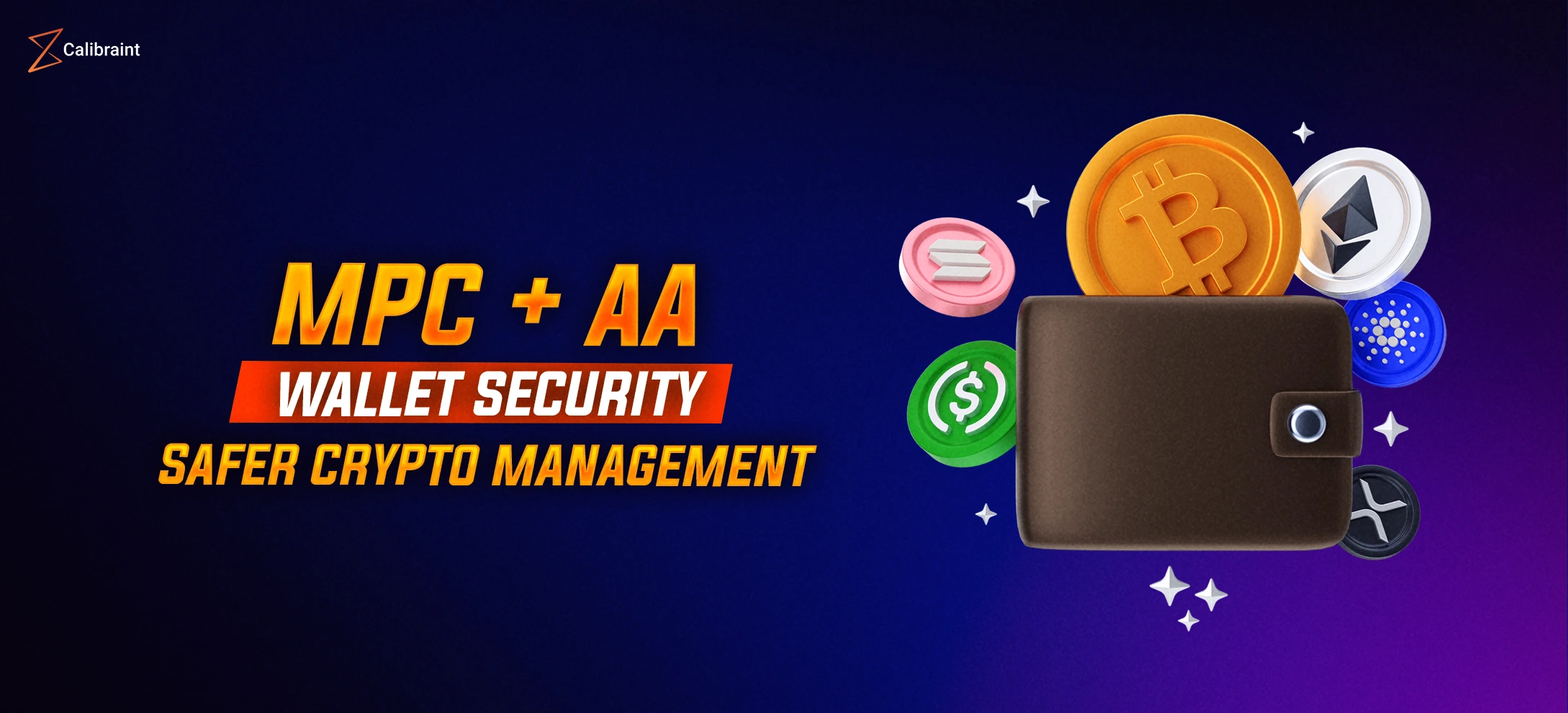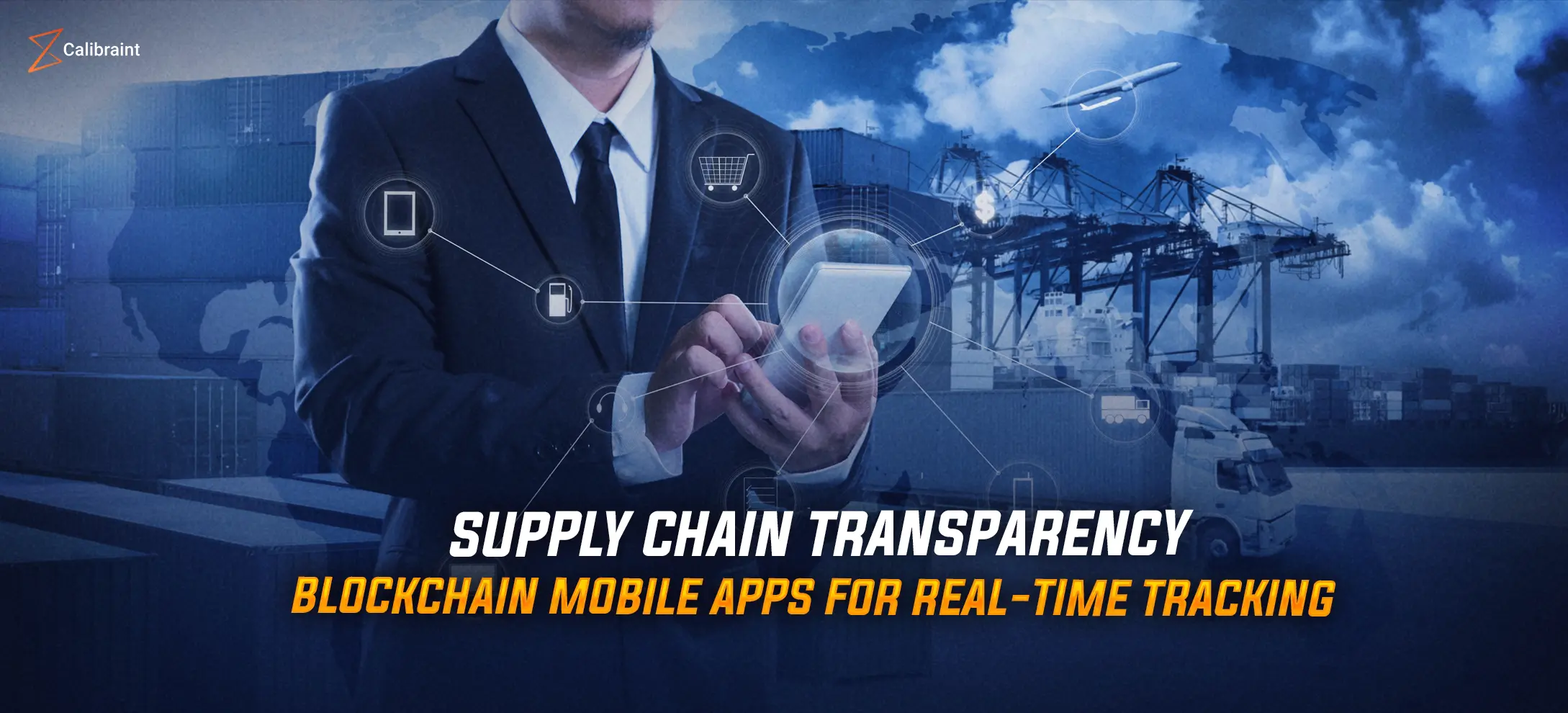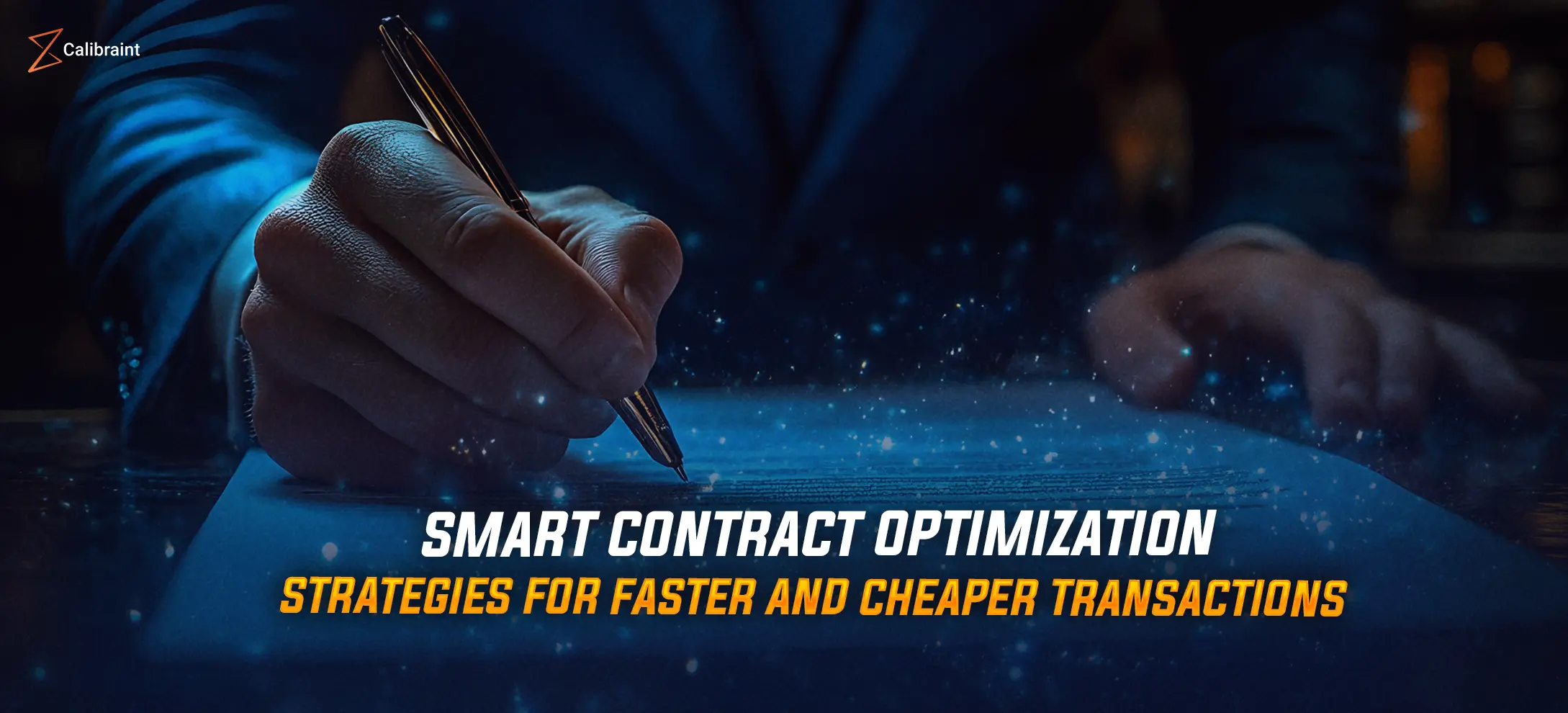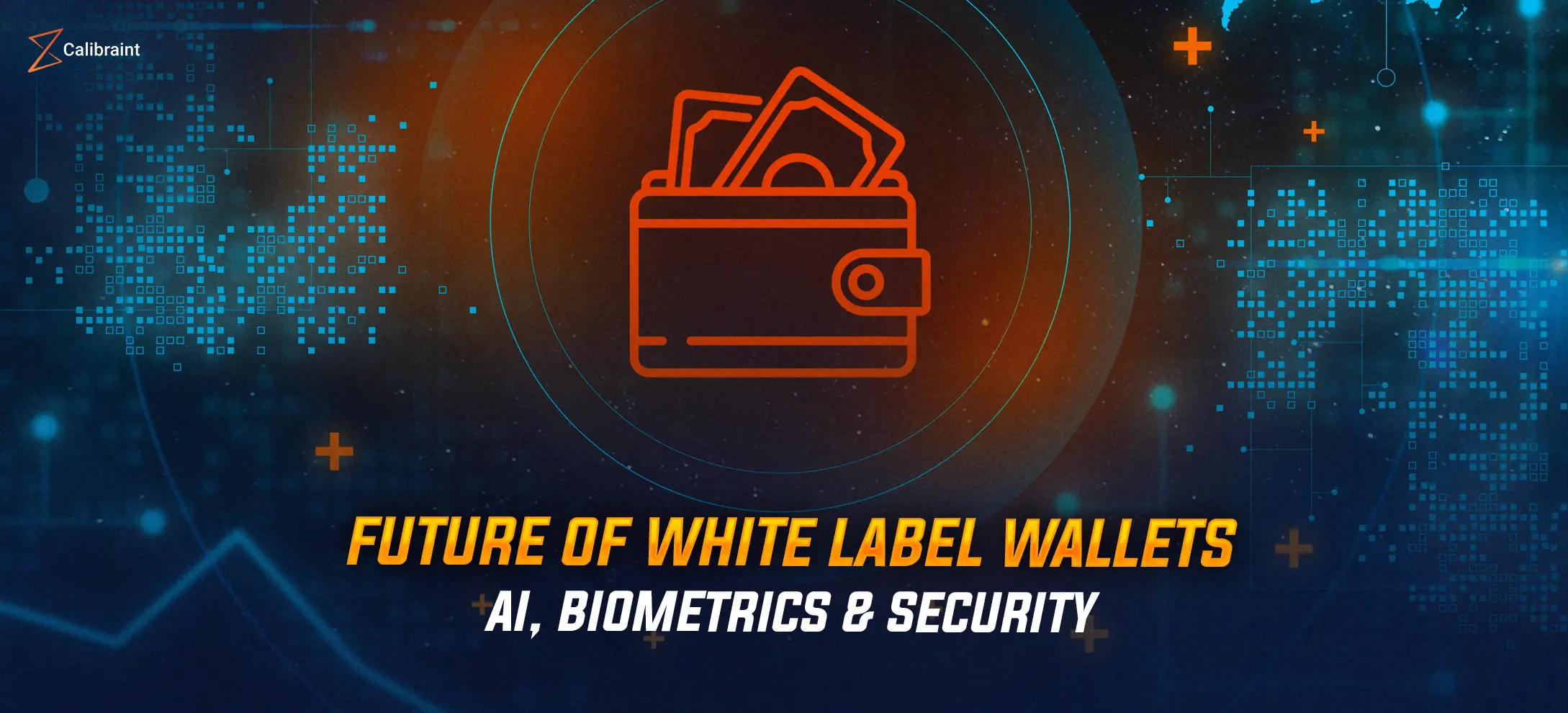Carbon Credit Education Platform: A Guide to Features, Market Dynamics & Development Insights

Understanding the Carbon Credit Education Platform Landscape
A carbon credit education platform plays a pivotal role in bridging the knowledge gap surrounding climate actions, carbon offsetting, and sustainability strategies. As the world intensifies its efforts to fight climate change, educational tools that simplify how carbon markets work have become essential.
In this blog, we’ll explore the key features, use cases, and development roadmap of a carbon credit education platform, helping businesses and educators make informed choices.
What Is a Carbon Credit Education Platform?
A carbon credit education platform is a digital learning system designed to educate users ranging from students to corporate teams about carbon credits, emissions trading systems, carbon offset mechanisms, and sustainability compliance. These platforms typically provide interactive content, simulations, data-driven dashboards, and real-world case studies to help users understand carbon credit education in an engaging way.
Why Now:
Global interest in carbon trading and net-zero goals has surged due to policy mandates, ESG (Environmental, Social, Governance) compliance, and investor pressure. However, there’s a critical gap between carbon strategies and public understanding.
An intuitive carbon credit education platform closes this gap by:
- Enhancing individual and organizational awareness of carbon responsibilities.
- Simplifying the technicalities of how carbon markets work.
- Promoting informed decision-making through accessible knowledge.
Core Features of a Carbon Credit Education Platform
To maximize impact and usability, these platforms often include:
1. Interactive Learning Modules – Modules that explain the lifecycle of a carbon credit from emission source to offset.
2. Gamified Simulations – Scenarios where users manage emissions, trade credits, or participate in mock carbon markets.
3. Blockchain-Backed Transparency – Integration of blockchain to demonstrate the authenticity of credits and trades.
4. Real-Time Market Data Feeds – Live data to track carbon pricing and visualize emission trends.
5. Assessment & Certification – Quizzes, case studies, and certification for users completing modules.
6. Institutional Dashboard – Tools for businesses, schools, or organizations to monitor learners’ progress and emissions literacy.
7. Multi-Language Support & Accessibility – Ensures inclusivity across geographies and literacy levels.
These features collectively embody the features of a carbon credit education platform that cater to the rising demand for sustainability training.
Understanding How Carbon Markets Work
The foundation of carbon credit education lies in grasping the structure and functionality of carbon markets. Here’s a simplified overview:
- Cap-and-Trade System: Governments cap emissions and issue credits to industries. Unused credits can be traded.
- Voluntary Markets: Companies and individuals offset emissions by buying credits from verified carbon offset projects.
- Verification Bodies: Third parties certify emission reductions and issue credits.
- Registries: Centralized systems store and track credits to prevent double-counting.
A carbon credit education platform illustrates these mechanisms through interactive visuals, real-world examples, and data simulators.
Use Cases Across Industries
- Educational Institutions – Incorporate sustainability modules in curricula, encouraging climate literacy.
- Corporate Training Programs – Train employees and management on emissions reporting, trading strategies, and ESG goals.
- Government and NGOs – Drive citizen engagement and transparency around national carbon strategies.
- Startups and Developers – Use platform APIs and SDKs to build climate-focused apps and marketplaces.
How to Build a Carbon Credit Education Platform
Building a carbon credit education platform requires a mix of domain expertise, technical architecture, and user experience design. Here’s a breakdown:
1. Define the Audience and Learning Goals
Clarify whether the platform is for school-level learning, corporate teams, or government outreach.
2. Design the Curriculum & Content Flow
Partner with climate scientists or educators to ensure accuracy and engagement.
3. Choose a Scalable Tech Stack
Prioritize performance and security. Common stacks include:
- Frontend: React, Angular
- Backend: Node.js, Python
- Database: PostgreSQL, MongoDB
- Blockchain (optional): Ethereum, Hyperledger
4. Develop Core Modules
Design UI/UX for learning modules, dashboards, and assessments.
5. Integrate APIs for Real-Time Data
Use APIs from carbon credit registries or market data providers.
6. Build Admin and Analytics Tools
Allow content managers to update modules and track user performance.
7. Test, Deploy & Iterate
Run pilots, gather feedback, and make iterations for better adoption.
Challenges in Development
- Content Accuracy – Carbon policies and standards differ across countries. Keep content region-specific.
- User Engagement – Dry technical content can turn users away. Use stories and case-based learning.
- Blockchain Integration –Verifying credit authenticity via blockchain can be complex. Use proven protocols.
- Evolving Market Dynamics – The platform must adapt to changing laws, credit pricing, and verification protocols.
Future of Carbon Credit Education Platforms
The global carbon credit market is expected to exceed $50 billion by 2030. Education will be the catalyst for sustainable adoption. Emerging trends include:
- AI-driven personalization of learning paths
- VR/AR-based carbon market simulations
- DAO-based governance for educational content
With increased government mandates and corporate sustainability reporting, the demand for carbon literacy tools will only grow.
Why Choose Calibraint to Build Your Carbon Credit Education Platform
Calibraint stands at the intersection of innovation, sustainability, and technology. With proven expertise in climate-tech, blockchain integration, and education platforms, Calibraint is uniquely positioned to bring your carbon credit education platform vision to life.
Whether you’re an institution aiming to spread climate awareness or a startup building for impact, our team can craft a scalable, secure, and insightful platform tailored to your audience. From concept to deployment, we ensure a seamless development experience.
Get in touch with our experts by filling out the contact form and take the first step toward building a smarter, greener future.



























